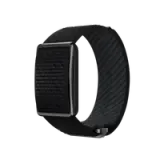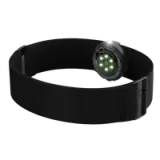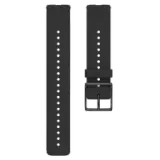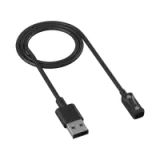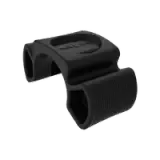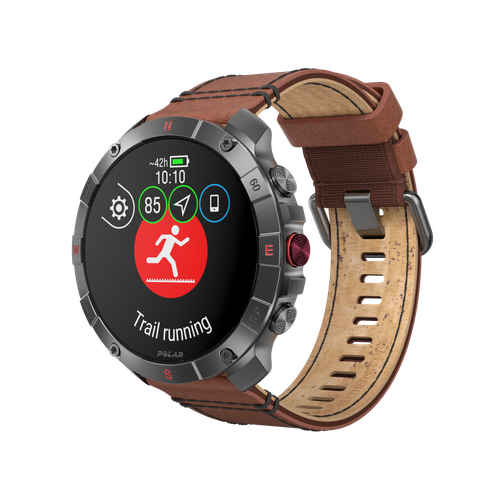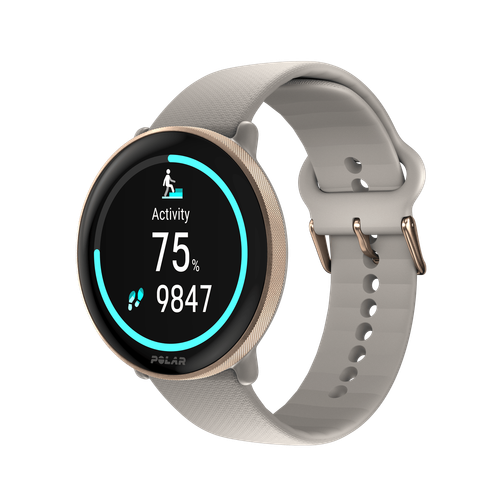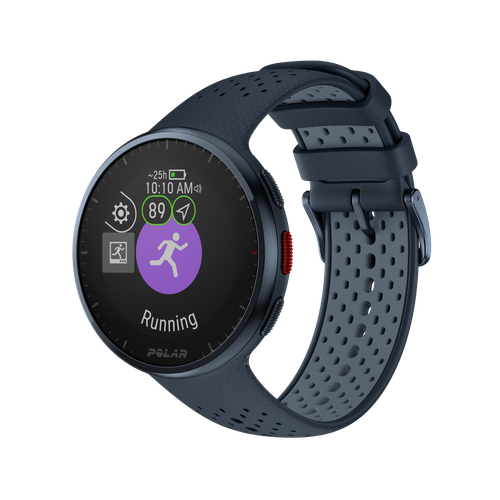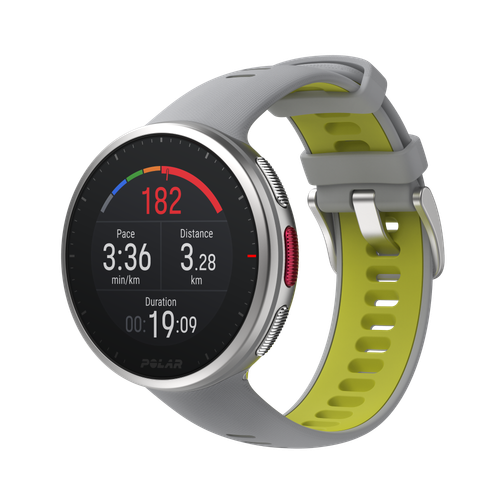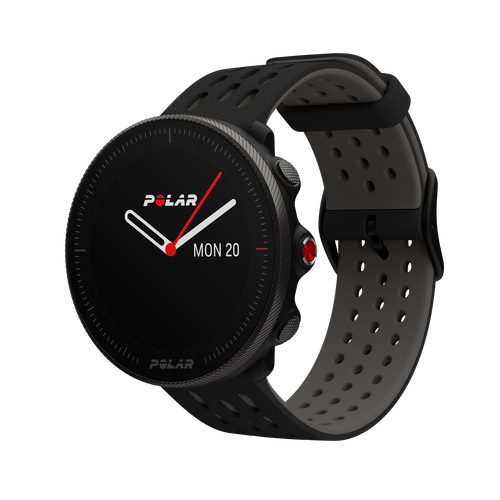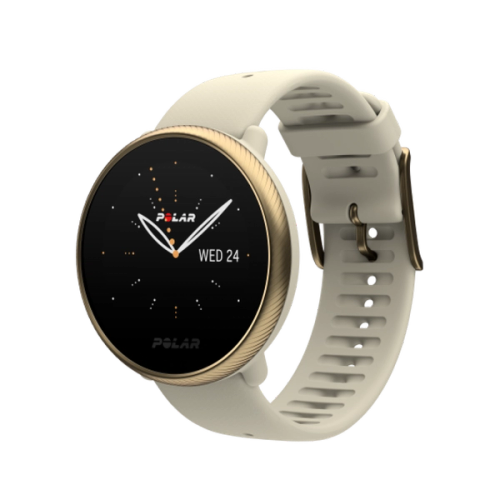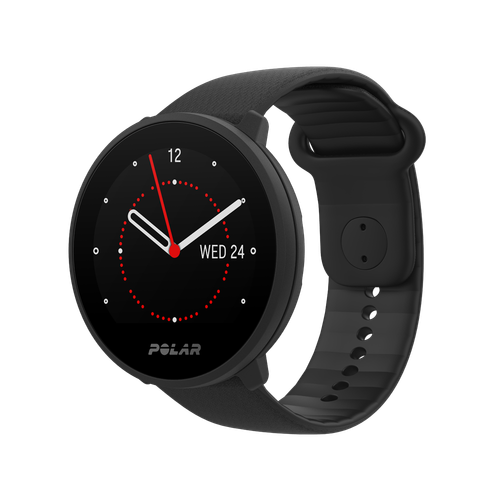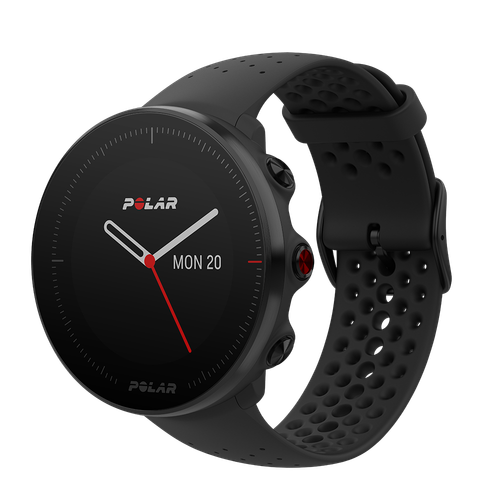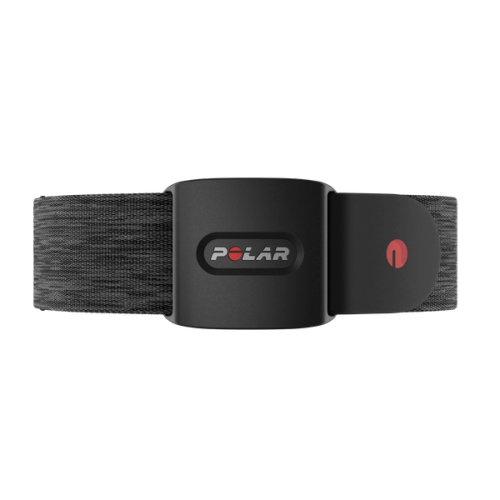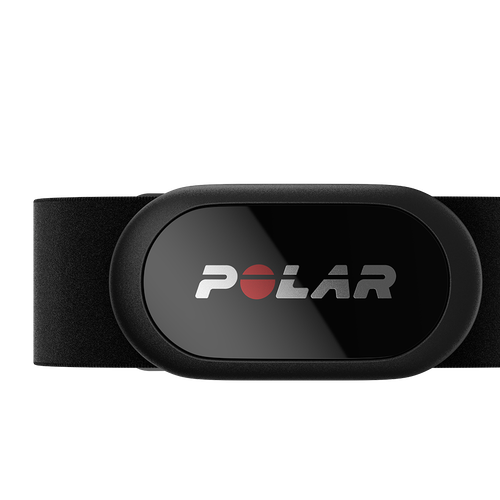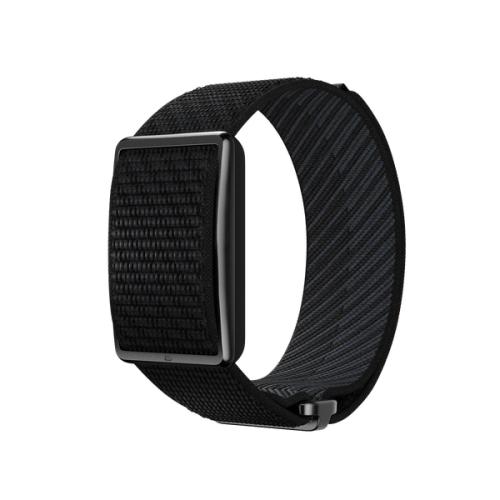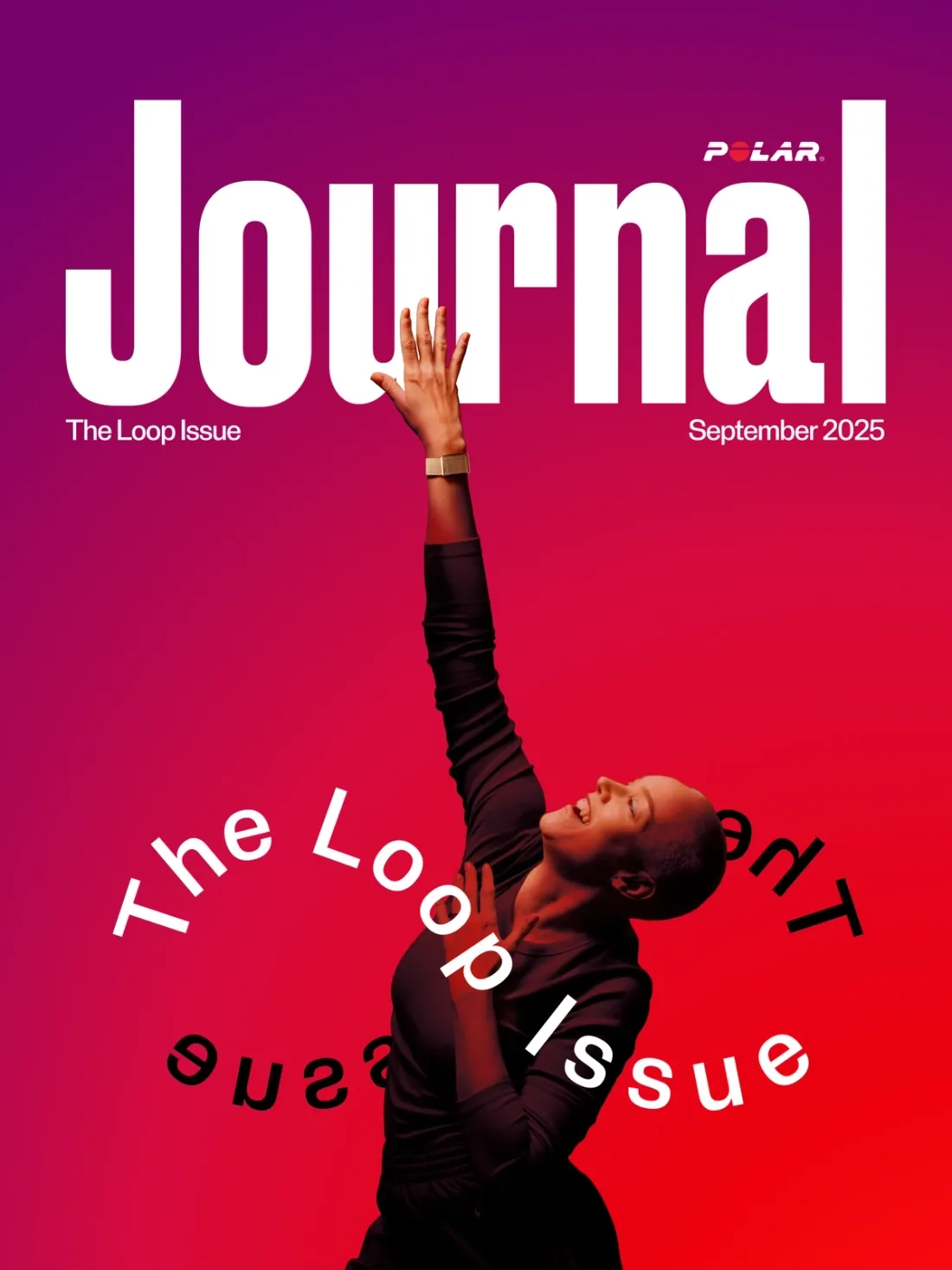The sun dipped low over the track, painting the sky in fiery hues, but for Coach Miller, the vibrant colors of dusk were obscured by a frustrating sight: a sea of downcast eyes. His high school runners, a talented and dedicated bunch, were constantly glancing at their wrists, heads bowed, as if searching for answers only a tiny screen could provide. Each lap, each interval, seemed to be punctuated by a quick check, a furrowed brow, a whisper about pace or distance. It was a familiar scene, a modern-day ritual that, to Coach Miller, felt less like focused training and more like dependency.
One evening, after a particularly distracted and dispirited practice, Coach Miller gathered his team. He looked at their bright, young faces, still flushed from the effort, and a gentle smile touched his lips. “You know,” he began, his voice warm with a hint of nostalgia, “there was a time, not so long ago, when runners didn’t have all these numbers flashing at them in real-time.” He paused, letting the thought hang in the air. “We ran with a different kind of guide back then. One that lived inside us, not on a display.” He spoke of an era where runs were measured by feel, by the rhythm of breath and footfall, by the subtle conversations between body and mind. Perhaps, he mused aloud, there was something to be gained from that old-school wisdom. A different kind of strength, a deeper connection to the very act of running.
It wasn’t an anti-tech sermon. Coach Miller, while fictional, represents all the wise mentors we've known, who certainly understood the power of smart tools but also the importance of knowing the basics. One who would have wondered if gaining so much objective data meant something invaluable had been lost. Like a scene from a movie, Coach Miller would have pondered if there was a new way to train, one that combined the best of both worlds – a way to tap into that inner guide while still benefiting from brilliant insights.
It turns out, this Coach Miller guy was onto something. In recent years, running by feel has become a training philosophy that encourages a deeper connection to your body’s wisdom. An approach that many believe can enhance your running experience, reduce mental clutter, and even unlock new levels of performance. It’s an intuitive method that requires a different type of innovative tools to partner with you. Simplifying running by offering essential data without constant distraction, allowing you to truly focus on the run, the feel, and the joy of movement.
An argument for developing your internal pacing first
For Coach Miller, the vision for his young runners went beyond just logging miles – it was about laying a deep, enduring foundation for a lifetime of strong, intuitive running. He firmly believed that while today’s smart tools offer incredible insights, true mastery of pace begins not with external data, but with an internal dialogue. If every stride is measured and communicated instantly, do we ever truly learn what a ‘comfortably hard’ effort feels like deep in our muscles and lungs?
That’s why, whether you’re a fresh-faced beginner just lacing up your first pair of running shoes or an enthusiastic new runner discovering the joy of movement at any age, there’s a compelling argument for starting simple. Imagine beginning your running journey with just a basic stopwatch. For those initial weeks or even months, your focus wouldn’t be on hitting specific splits per mile, but on truly experiencing and classifying your effort. Coach Miller would likely guide his runners to practice segments at an ‘easy conversational pace,’ then transition to a ‘steady, pushing pace’ where talking becomes a bit more fragmented. The stopwatch at the end wouldn’t be for judgment, but for a fascinating revelation: associating that precise feeling with an actual time.
Discover Polar Journal
Polar Journal is a space for stories that inspire movement. Each edition blends practical training tips, sports science, and inspiring journeys from athletes and those who live and breathe an active life.
Read Polar Journal
The ultimate heart-to-heart: connecting with your heart rate
Beyond just pace, the concept of running by feel extends beautifully to your heart rate. Think of your heart as the engine of your body, providing a direct, honest reading of your effort. While a traditional sports watch gives you a number, running by feel gives you a didn’t kind of opportunity to listen to your heart. You learn to feel the difference between an easy, steady rhythm and the elevated, pumping beat of a strenuous effort, long before you ever glance at a screen.
You get to the point where your body's feedback is so in sync with the data that you know, without looking at a screen, exactly what intensity you're running at. This is the ultimate connection, where your internal compass and external data work together, making you a smarter, more intuitive runner.
This kind of awareness helps you understand not just how fast your heart is beating, but what that feeling means for you. You'll start to recognize the specific sensations that correspond to your different heart rate zones. The sensation of being able to hold a full conversation will eventually become synonymous with your easy zone, while that feeling of your breathing becoming more labored, a tell-tale sign of a hard effort, can be directly connected to a specific training zone. This way, your heart rate data becomes more than just a number – it becomes a confirmation of your own internal wisdom. You get to the point where your body's feedback is so in sync with the data that you know, without looking at a screen, exactly what intensity you're running at. This is the ultimate connection, where your internal compass and external data work together, making you a smarter, more intuitive runner.
Enjoying this article? Subscribe to Polar Journal and get notified when a new Polar Journal issue is out.
Subscribe
A time and place for metrics: The power of post-run insights
The run by feel approach might seem unusual coming from a brand celebrated for its precise sports watches, but we believe the key isn’t to reject data – it’s to master when and how you engage with it. Metrics are incredibly powerful tools when used judiciously. For specific workouts, tracking progress, or race strategy, understanding objective data is invaluable.
For those runs when you truly want to run by feel, Polar Loop offers a brilliant, distraction-free alternative. Imagine a device that diligently records all your crucial metrics – pace, distance, heart rate, and even your recovery – without ever demanding your attention mid-run. You are free to stay utterly immersed in the moment, feeling the rhythm of your breath and the wind on your face, just as someone like Coach Miller would advocate. With no distracting numbers flashing or temptation to compare your progress mid-stride, you can reconnect with your body's sensations and rediscover the pure joy of running.
Then, once your run is complete and you’ve savored the post-exercise glow, you can review the data later. This post-run analysis becomes a valuable learning experience. You can see how your perceived effort aligned with your actual pace, identify trends in your recovery, and strategically plan future workouts. This approach allows the data to serve as an insightful debrief, confirming your internal wisdom and highlighting areas for growth, rather than becoming a performance-crippling distraction. It’s about harnessing the best of both worlds: the unadulterated joy and mindfulness of running by feel, perfectly complemented by the intelligent insights that only precise metrics can provide, when accessed at the right time.
undefined
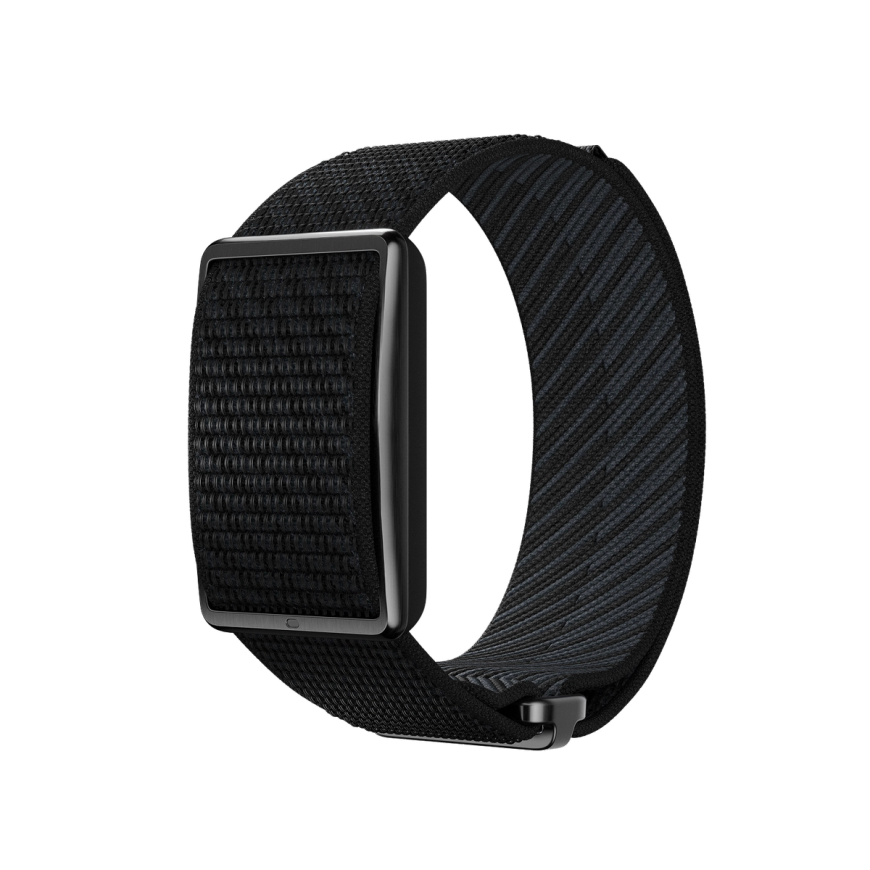
POLAR Loop
Screen-Free Wearable Health Band & Fitness Tracker
POLAR Loop is a screen-free, subscription-free fitness band that helps you sleep better, recover smarter, and stay active—without distractions.
The power of Polar Loop lies in how it allows you to separate the act of running from the act of analysis. But this is possible with any device with a screen. For instance, during a track workout, you might run a series of laps, guessing your duration or heart rate based on how you feel, avoiding the temptation to instantly compare your results to how you felt. Only after you've finished the workout, or even later at home, do you sync your tracker and check the data. You can then see how closely your internal sense of effort matched the actual numbers. This post-run analysis becomes a valuable learning experience, affirming your internal wisdom while giving you concrete data to inform your next session.
This is where the evolution of smart fitness tools truly shines. For many runners, as soon as a watch is on the wrist, it's tremendously difficult to resist looking at the screen or reacting to a vibration. The constant urge to check data can break your focus and pull you out of the moment. This is why a new approach is so powerful.
A masterclass in effort
Ultimately, running by feel isn't about rejecting technology – it's about re-engaging with your inner wisdom. The most profound benefit is that this approach provides a masterful understanding of intensity and effort. When you remove the constant feedback from a screen, you are forced to learn what different levels of work truly feel like inside your own body.
This skill is invaluable. It teaches you the difference between a leisurely, conversational pace and a comfortably hard tempo, not as numbers on a watch, but as physical sensations. You'll learn to recognize the subtle shift from aerobic comfort to anaerobic struggle. This deep knowledge of your effort becomes your most reliable compass, allowing you to train with purpose and precision. Your tech then simply provides a valuable debrief, a way to confirm that your internal sense of effort perfectly matched the objective data. This blend of intuitive movement and insightful analysis is how you build a smarter, stronger, and more resilient runner from the inside out.
Thinking about training for a new race? Try adding a few 'run by feel' workouts to your next running training plan.
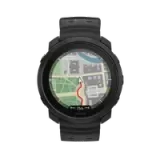 Polar Vantage M3
Polar Vantage M3
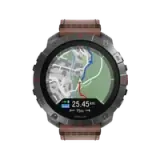 Polar Grit X2 Pro Titan
Polar Grit X2 Pro Titan
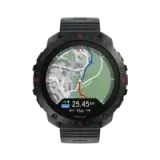 Polar Grit X2 Pro
Polar Grit X2 Pro
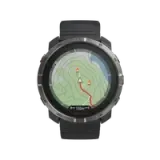 Polar Grit X2
New
Polar Grit X2
New
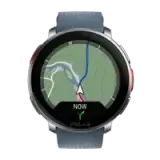 Polar Vantage V3
Polar Vantage V3
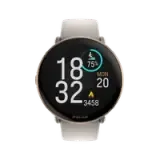 Polar Ignite 3
Polar Ignite 3
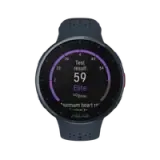 Polar Pacer Pro
Polar Pacer Pro
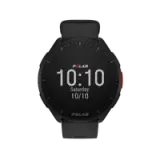 Polar Pacer
Polar Pacer
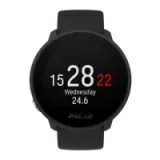 Polar Unite
Grit X Series
Vantage Series
Pacer Series
Ignite Series
Polar Unite
Grit X Series
Vantage Series
Pacer Series
Ignite Series
